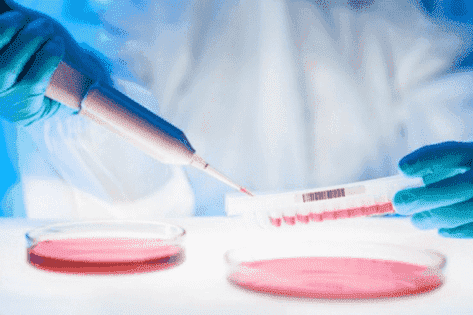
Mycoplasma is a type of microorganisms that is categorized between bacteria and virus. It is the smallest and simplest prokaryote found so far. Mycoplasma lacks cytoderm, and the only organelles visible in cells are ribosomes, making it resistant to antibiotics. Mycoplasma contamination in cell cultures is a major problem in research laboratories, ranging from 5 to 35% in published reports. It severely impacts cell proliferation and culture, potentially contributing to the production of misleading research results and unqualified biotechnology products. Therefore, mycoplasma detection is important for laboratory research, medical research, drug production, etc.
We use MicroSEQ® to identify mycoplasma. The combination of the latest DNA sequencing technology and powerful analysis software can identify mycoplasma by automatic sequencing of 16S rRNA gene. Real-time PCR can further quantitate mycoplasma. We are dedicated to delivering trustworthy information on mycoplasma pollution in cell banks, raw materials, bulk and final drug products. Mycoplasma detection is also used in medical research of mycoplasma infections. We can detect about 30 different mycoplasma species, such as M. fermentans, M. hyorhinis, M. pirum, M. hominis, M. argininii, M. pneumoniae, Acholeplasma laidlawii, etc.






